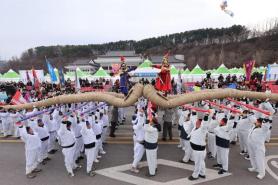
SAMCHEOK, July 02 (AJP) - In the mountainous reaches of Samcheok, Gangwon Province, lies Jungyongmyo, the tomb of General Yangmu, the father of King Mokjo and a fifth-generation ancestor of Yi Seong-gye, the visionary who founded the Joseon Dynasty.
Surrounding this sacred ground is a remarkable forest of Geumgang pine trees, a distinctive species deeply woven into the fabric of Korean history and culture.
This dense cluster boasts approximately 140,000 pine trees, many of them towering centenarians, aged between 100 and 120 years.
What sets the Geumgang pine apart from its more common relatives is its unwavering upright growth. Unlike other pines that often exhibit bends or twists, these trees near Jungyongmyo ascend toward the heavens with remarkable straightness, their trunks reaching skyward in an almost disciplined formation.
While pine trees broadly characterize Korea's diverse forests, distributed across its myriad mountains, the Geumgang pine is an anomaly. The bark, a thin and reddish sheath in its youth, matures to crack into a pattern reminiscent of a tortoise's shell. Younger, more vibrant specimens display a particularly striking crimson hue on their main trunks. Some of the most majestic Geumgang pines soar to approximately 35 meters, rivaling the height of a 10-story building.
The inherent qualities of the Geumgang pine — its fine grain, exceptional hardness, and remarkable resistance to warping, cracking, and decay — made it the material of choice for royal construction during the Joseon Dynasty. Exclusively indigenous to Korea and found predominantly in the country's eastern areas, these trees were also integral to the creation of the Jaegung, the coffins reserved for kings and queens.
Given the demand for aged trees for such sacred purposes, the Joseon court took the extraordinary step of designating specific mountains where Geumgang pines grew, placing them under stringent royal management. A historical stele in Sogwang-ri, Uljin, North Gyeongsang Province, stands as a testament to this ancient policy.

In a practice that underscored their reverence for these natural giants, ancient Koreans observed elaborate rituals before felling an old Geumgang pine.
The act of logging would commence with a resonant cry of "Eomyeongiyo!," which means "This is by royal command," repeated thrice. This invocation was a plea to the mountain spirit, seeking understanding and permission for an act undertaken at the king's behest.
The historical significance of the Geumgang pine continued into modern times. In 2008, twenty trees from the very cluster near Jungyongmyo were meticulously selected and used in the extensive restoration of Sungnyemun in Seoul, which had been tragically consumed by fire in February of that year.
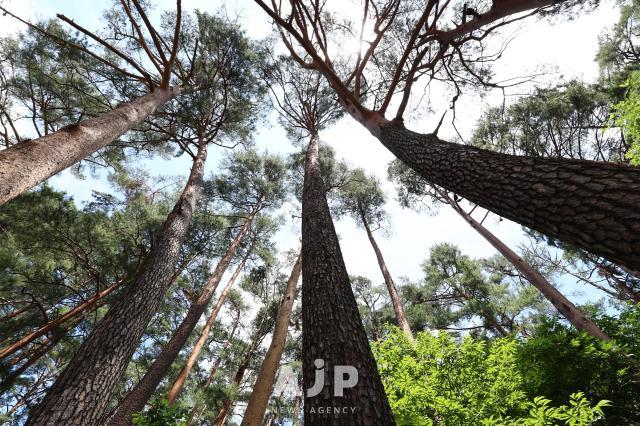
Along the serene path leading to Jungyongmyo, visitors encounter the "Miinsong," or "beautiful pine tree." This particular specimen gained renown for its symbolic wedding to the Jeongipumsong, another celebrated pine located in Boeun-gun, North Chungcheong Province.
At the time of this ceremonial union in 2001, the Miinsong was 95 years old, stood 32 meters tall, and measured 2.1 meters in circumference at breast height. Its genetic superiority ensures its continued role in propagating high-quality successor trees.
To walk through a forest teeming with Geumgang pines is to enter a realm that evokes both mystery and awe. Their singular appearance and profound historical connection distinguish them entirely, offering a unique and compelling experience of Korea's natural heritage.
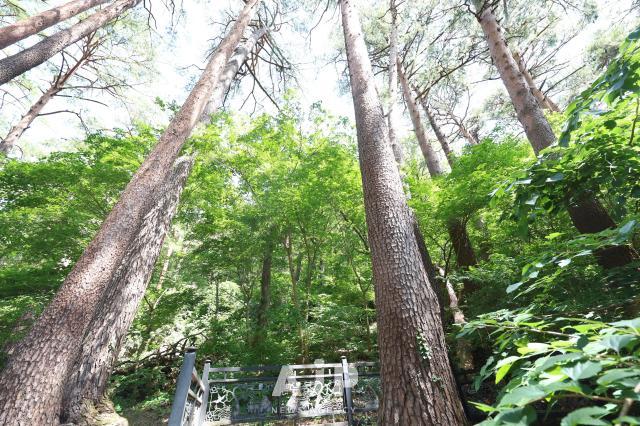
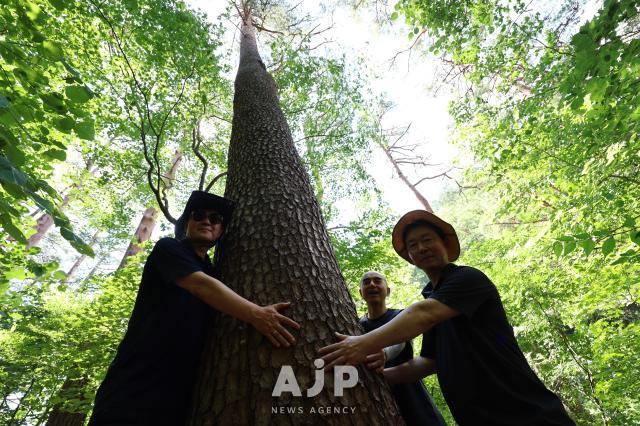
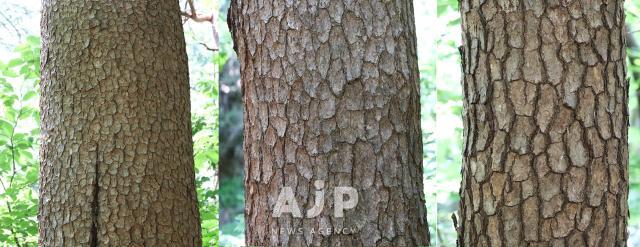
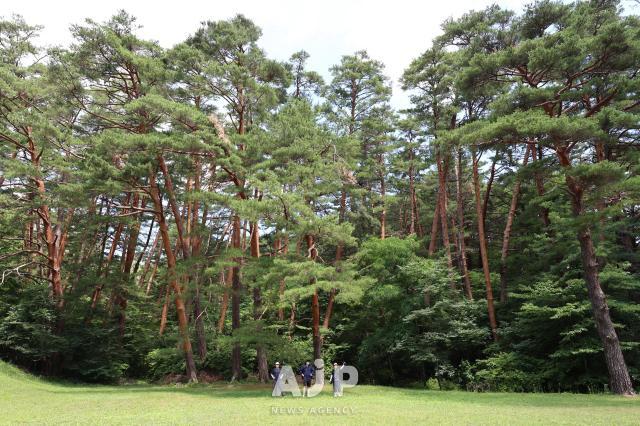
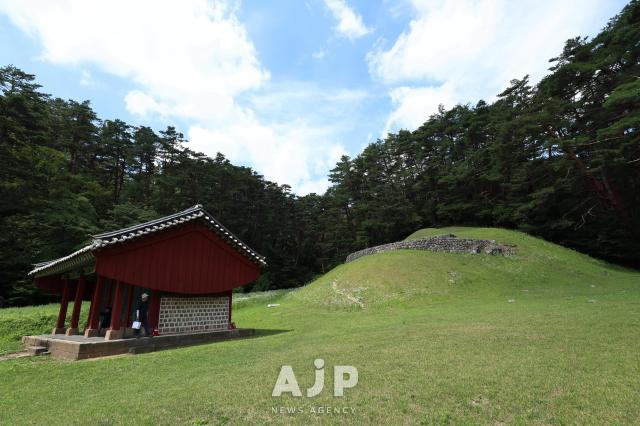
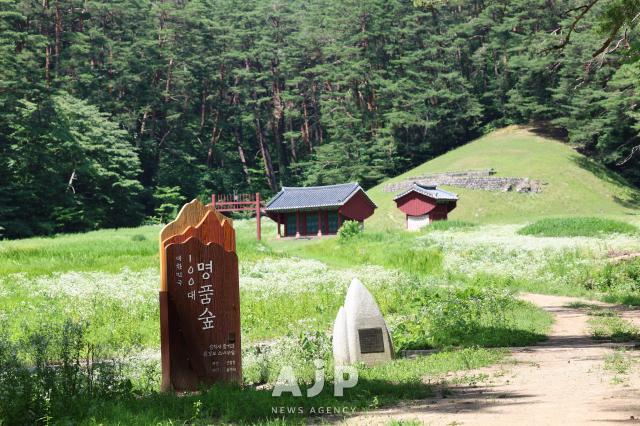 Jungyongmyo/ AJP Cho Bo-hee
Jungyongmyo/ AJP Cho Bo-hee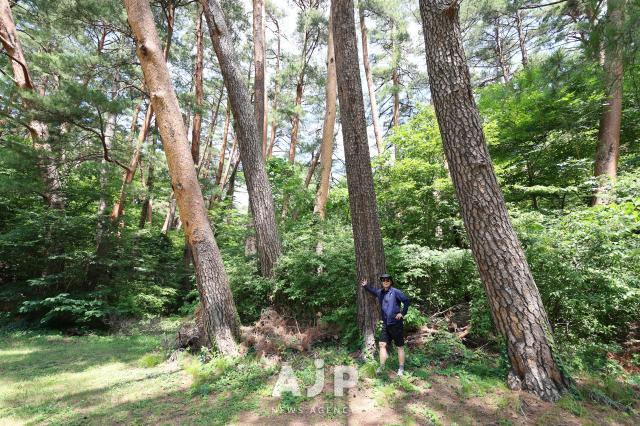
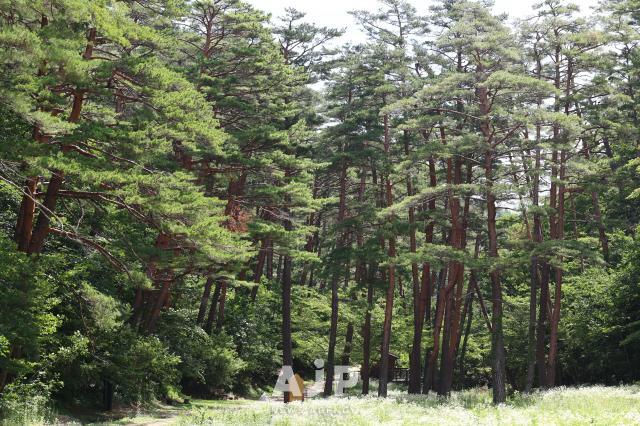
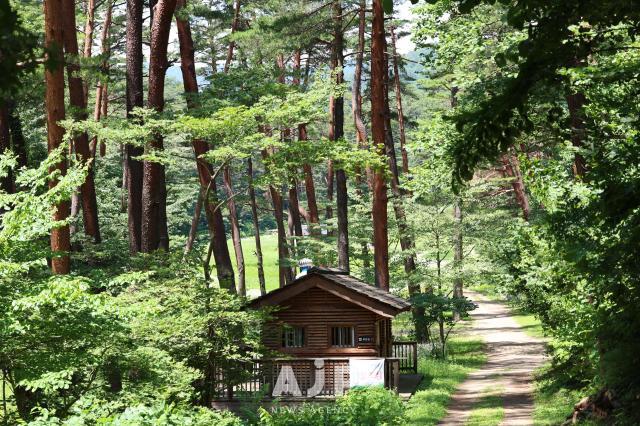
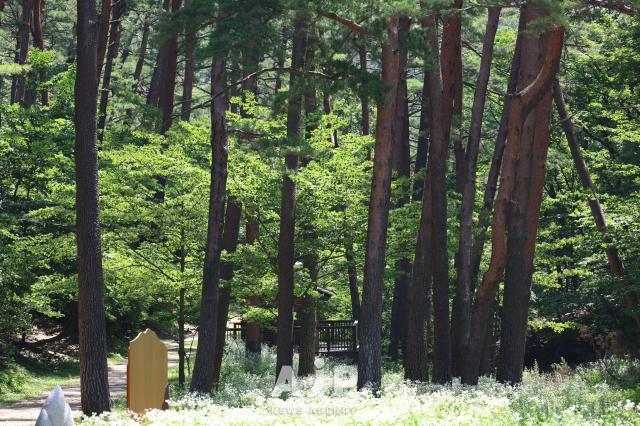
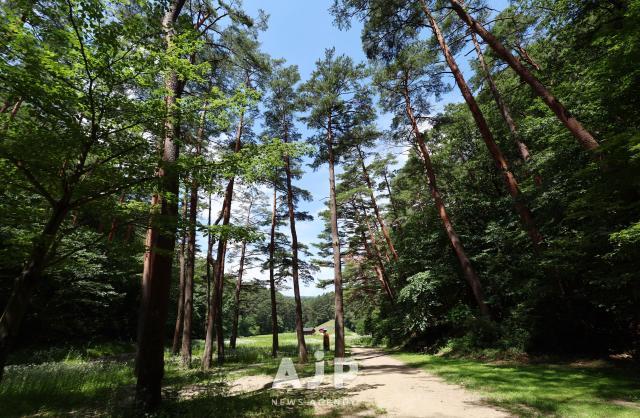
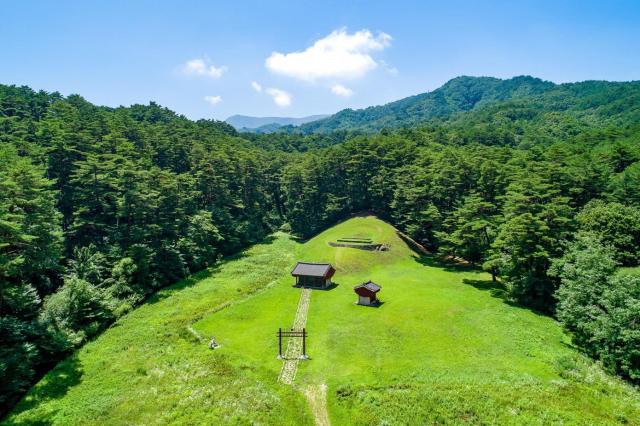
Copyright ⓒ Aju Press All rights reserved.


